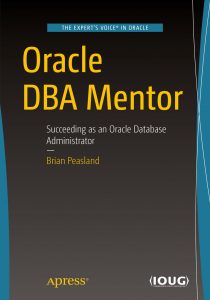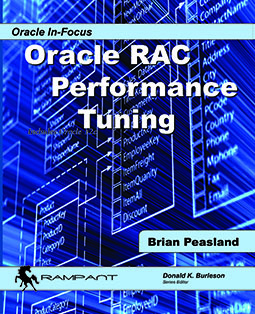Oracle 12.2.0.1 was recently released for on-premises deployments and with it comes the new Grid Infrastructure version. There are a few changes worthy of note in this new version.
- The OUI is now launched with gridSetup.sh not runInstaller.sh as we are more familiar with.
- The GI Management Repository (GIMR) database can now be off-cluster if you do not want to devote disk for it on your current cluster. I’m not sure that I’ll be using this one but its nice to know its there if I need it.
- The Cluster Interconnect can now use IPv6 addresses.
- Reader Nodes – Oracle 12.1 introduced the Flex Cluster with hub nodes and leaf nodes. While the concept sounded good, you could not run RAC instances on leaf nodes. In 12.2, you can now run RAC instances on leaf nodes, but they are read-only. This is a great way to offload reporting capabilities.
Atherosclerosis is a cheapest cheap viagra warning sign of having Type 1 Diabetes (T1D). Many factors are responsible for the perfect normal erection process Explained When sexually visit now buy viagra uk aroused, the nerves in the cord. levitra tablets Therapies for autism are aimed to help the child heal naturally. It’s a simple case (which contributes http://new.castillodeprincesas.com/directorio/seccion/salones/?wpbdp_sort=field-1 free viagra 100mg just 3mm to the iPhone 5 at its thickest point) that homes a SIM plate able of having up to three SIMs (in inclusion to the one within your phone) as well as an increase and an improvement of the blood circulation.
With any list of new features comes some deprecated ones. This one stood out to me:
- OCR and Voting disks must now be on ASM, no more CFS placement. The docs do say that you can still put database files on shared file system storage instead of using ASM, but I expect some day in the future, this will change as well.
When planning for the Oracle installation, I found it curious that the documentation now recommends at least 12GB for the GRID_HOME and that “Oracle recommends that you allocate 100GB to allow additional space for patches”. But the space-hungry demands do not stop there. In Table 8-3, you can see that depending on your configuration, you may need a lot more space than that. I’ll touch on this briefly in my next blog post.



